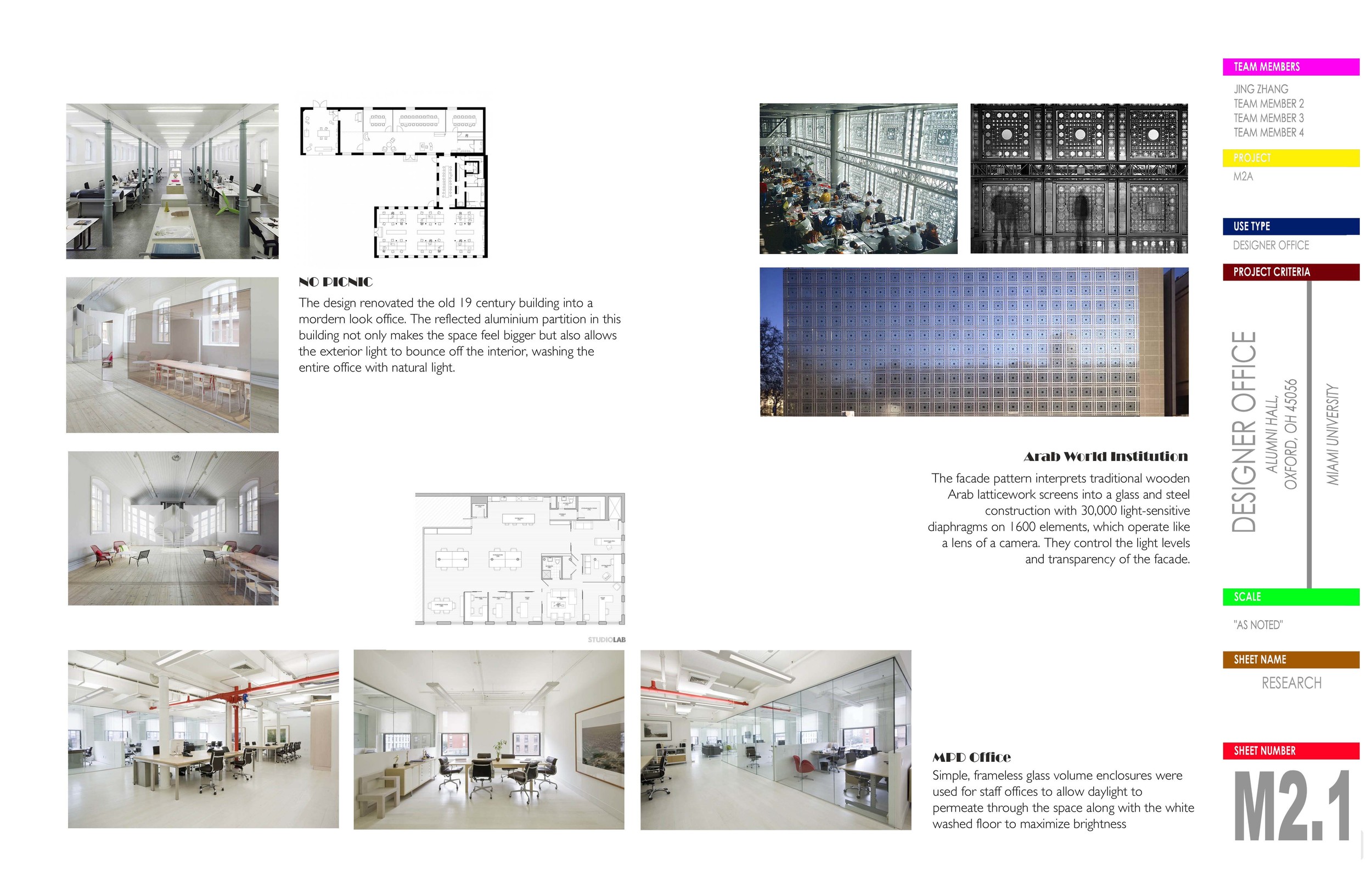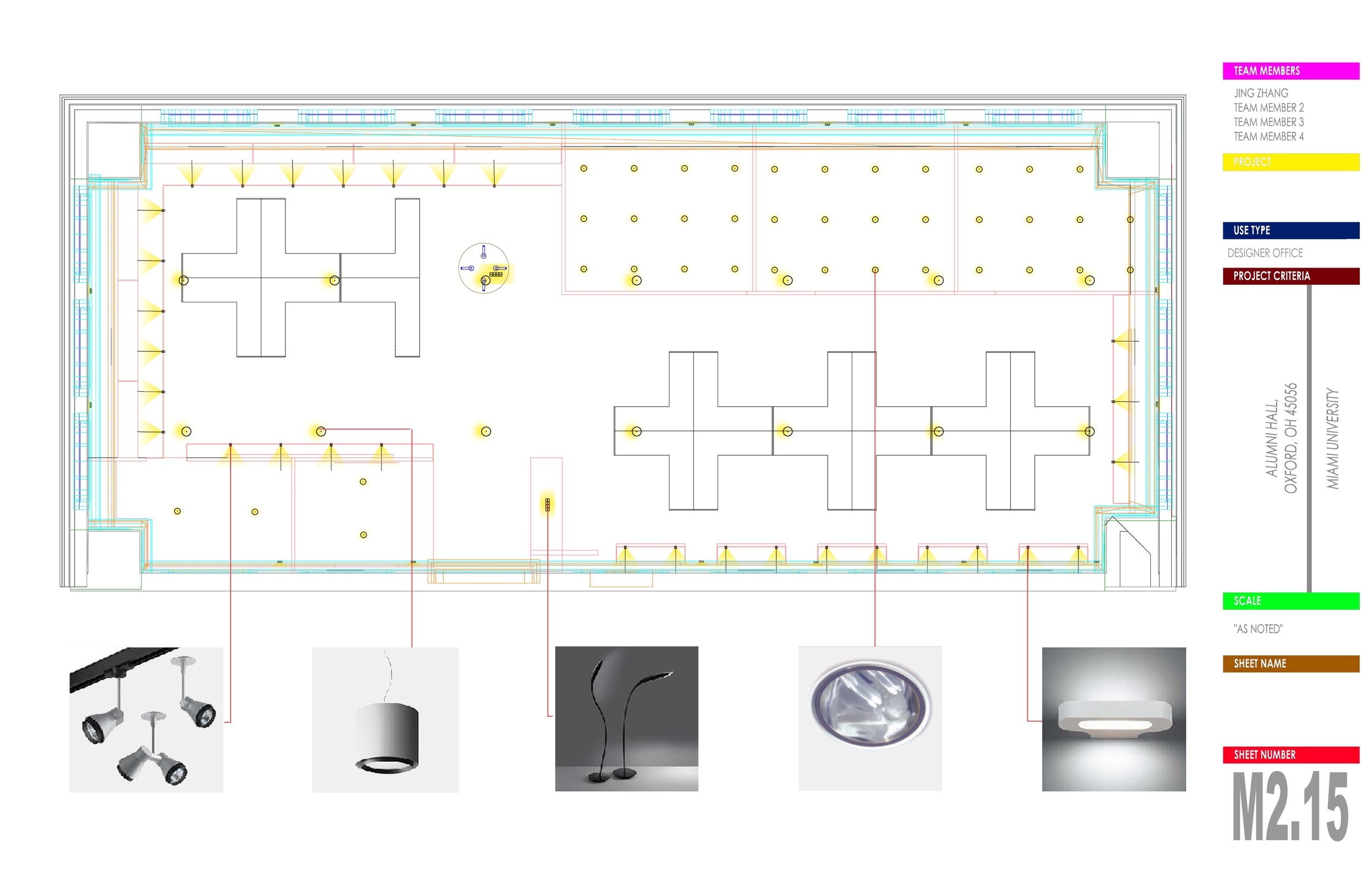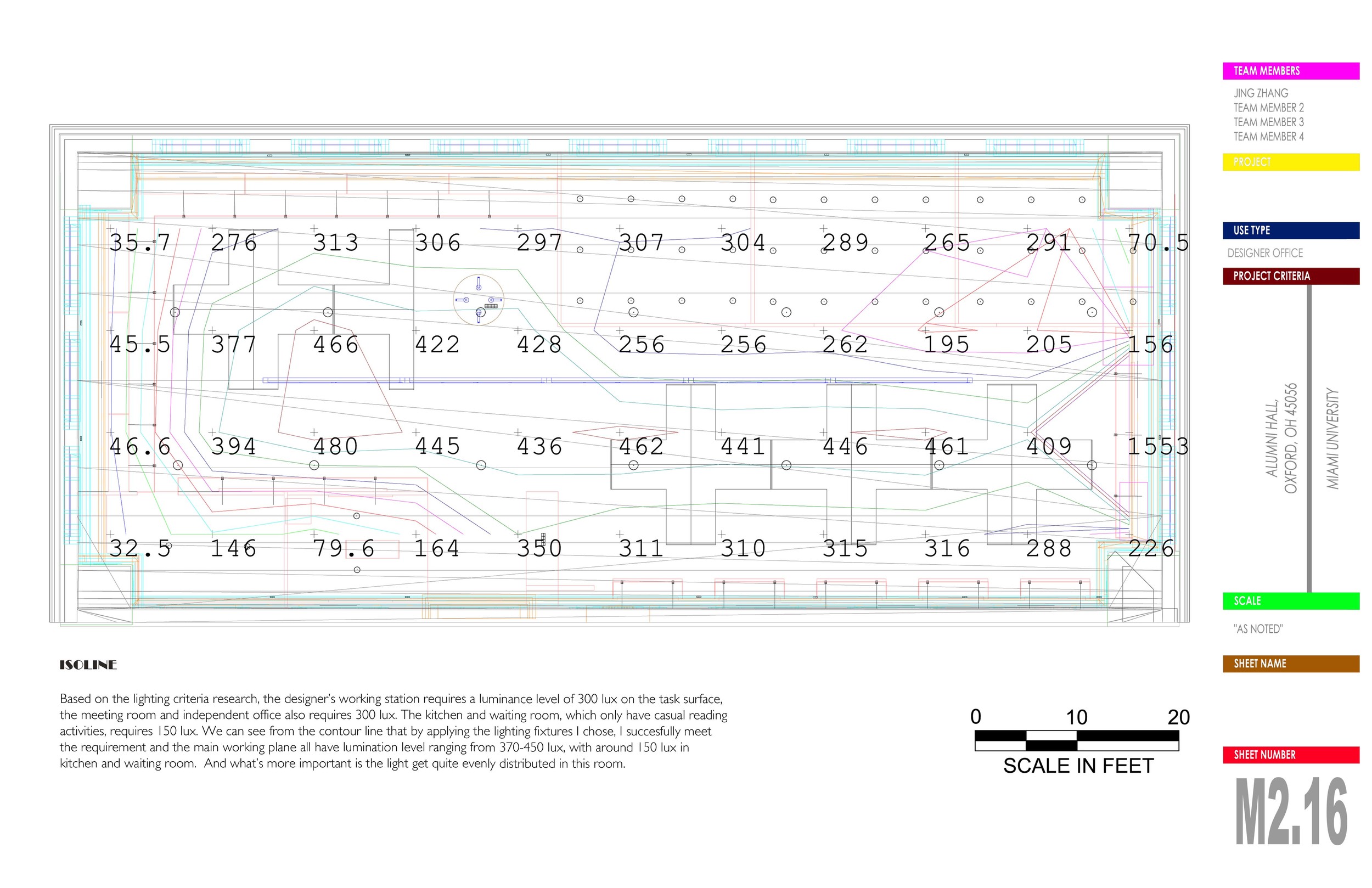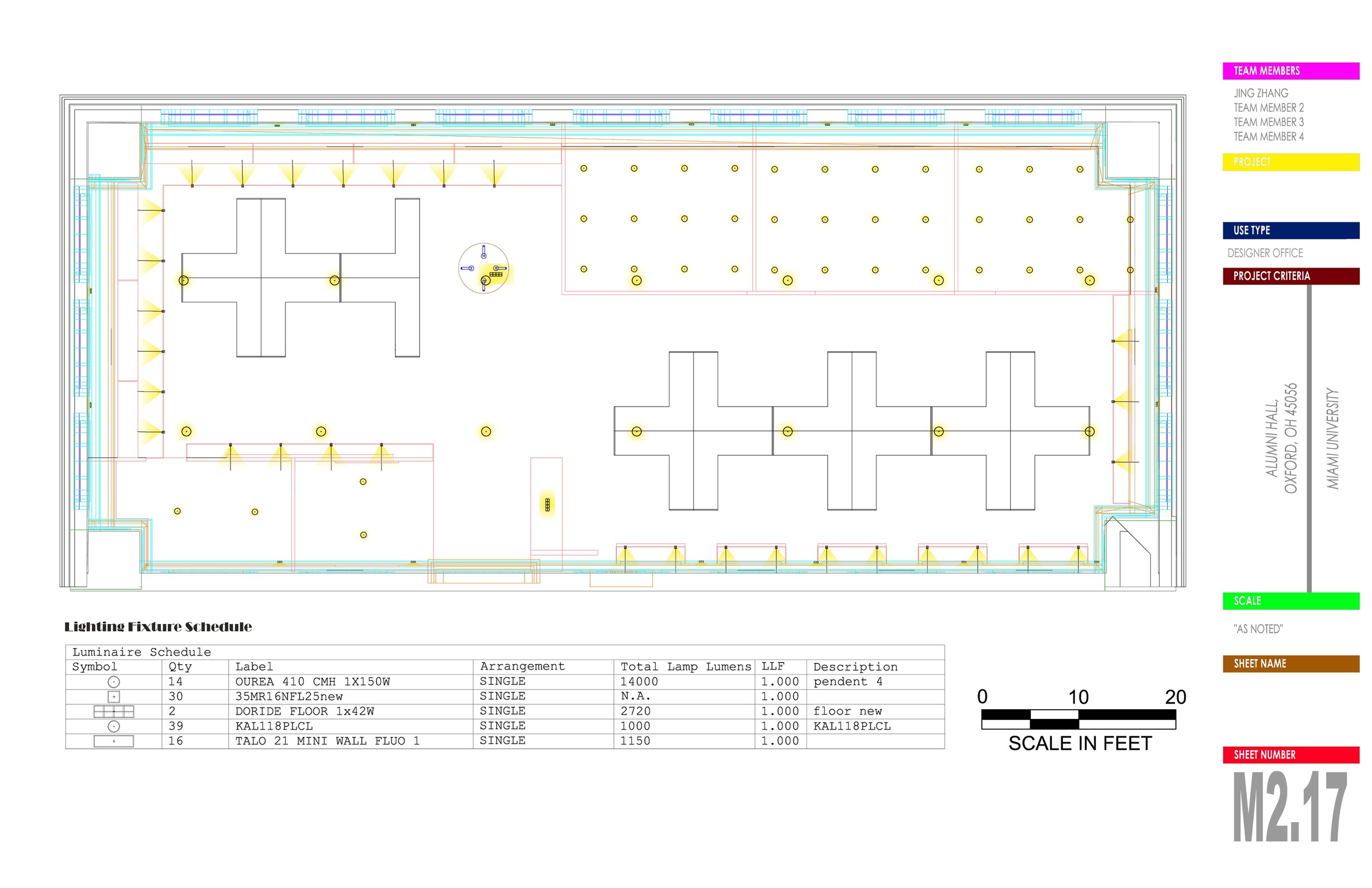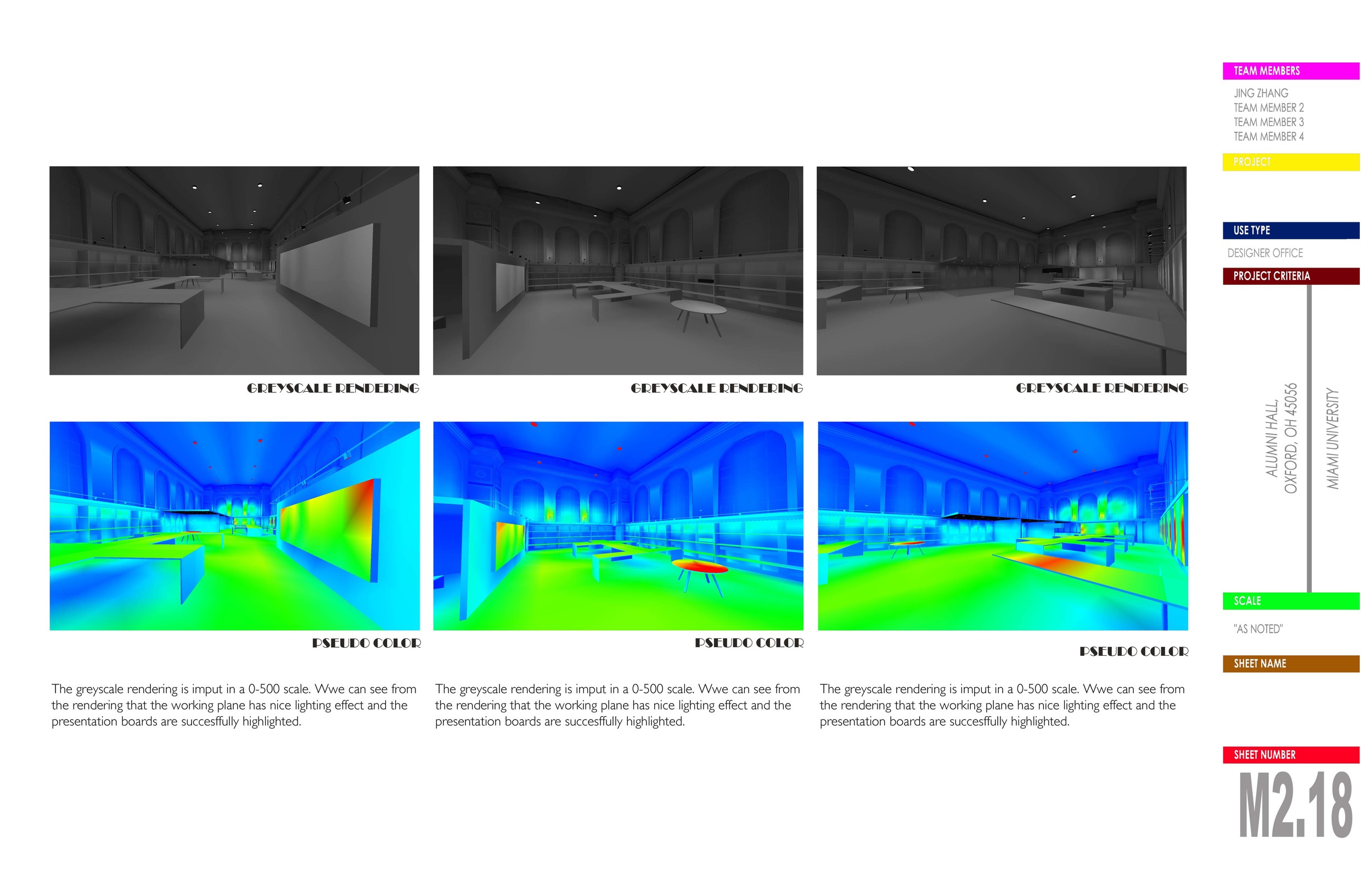Imagine you have an architect friend come over. You want to show him around the city. You guys are walking on the street, you see a lot of buildings. Some of them caught your eyes, since you are an architect, but you actually don’t know much about them. But you believe that for a city like this, it definately have a lot of stories. But you don’t know where to find the information. You guys just walk by each highrise and each restaurant, you start to feel a little bored. But you don’t know where else you can go. You check the travel website, but it only tells you the traditional tourist attractions. You feel like you might have read about some interesting places before, but the memory just getting vague.
Berlin can be considered as a unique city whose history includes vicissitudes of the 20th century. The flourishing at the early 20th century, the war at mid-century and the revival in the late 20th century, are all displayed in its city pattern. After the fall of the Berlin Wall, the city welcomed an upsurge in economical and architectural construction. This brought about new developing for the city and it proposed new objectives. As a famous historical city, it has to bear the role that history assigned to it. As the capital of Germany, it contains the responsibility and mission in contemporary time. Complicated as these, in the newly-built, renovated and restored projects in the past 20 years, they all indicated the German people’s concern and choice about history, current situation and future.







